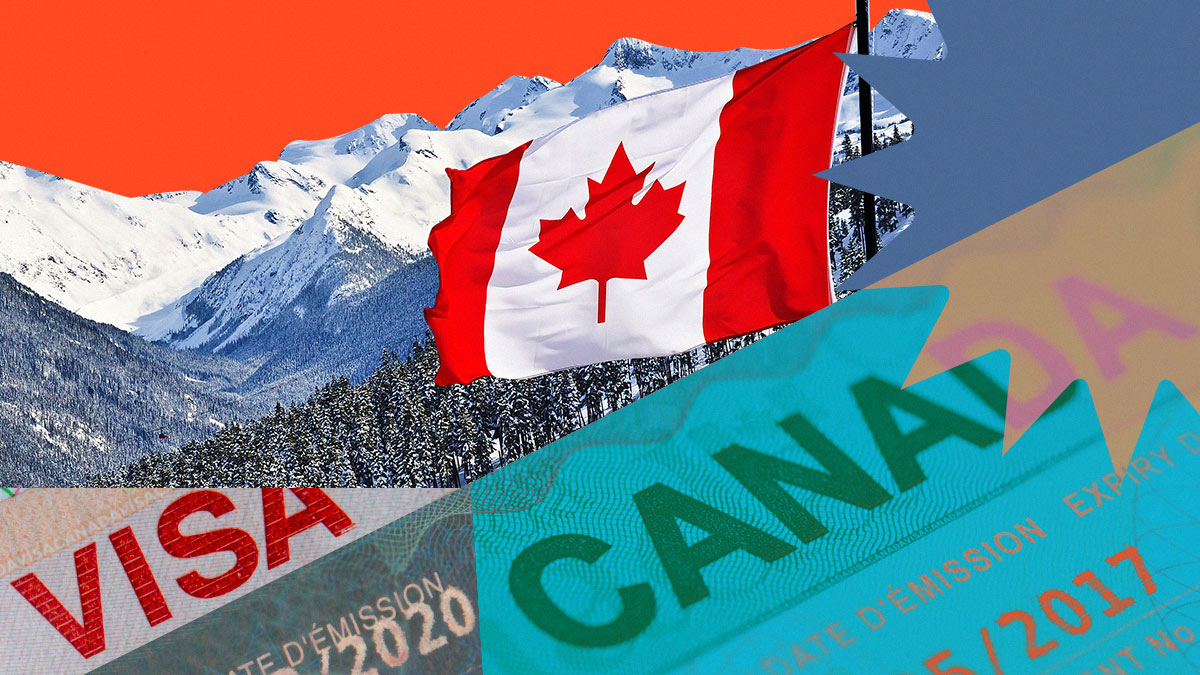
THE SPOT.PH GUIDE TO APPLYING FOR A CANADIAN VISA
(SPOT.ph) Canada, with its breathtaking view of the Northern Lights, Niagara Falls, and Hopewell Rocks (to mention just a few), is a highly sought-after destination for travelers around the world. If you are eager to explore the wonders of the Great White North, it is essential to familiarize yourself with the Canadian visa application process first. We round up a comprehensive guide on how to apply for a Canadian visa: from the different visa types to additional insights to help you tick off this destination from your bucket list.
Also read: Here Are the 67 Destinations Philippine Passport Holders Can Head to Visa-Free
How to Apply for a Canadian Visa: Types, Requirements, Steps, + More
Types of Canadian Visas
Canada offers different visa types depending on the purpose of your visit. The most common categories include:
- Temporary Resident Visa (TRV) or Visitor Visa. This visa is suitable for individuals visiting Canada for tourism, business meetings, or visiting friends and family.
- Study Permit. If you plan to pursue an educational program in Canada for at least six months, you need to apply for a study permit.
- Work Permit. If you have a job offer from a Canadian employer, a work permit allows you to work in Canada for a specific period.
- Working Holiday Visa. Young individuals from eligible countries, including the Philippines, can apply for a working holiday visa, which permits them to work and travel in Canada for up to one year.
Requirements for a Canadian Visa
Each visa type has its prerequisites. However, some common documents and information you may need to provide include:
- Completed application form. Fill out the application form completely.
- Valid passport. Ensure your passport is valid for at least six months beyond your intended stay in Canada. Include photocopies of the passport bio-data page and any valid visas from previous travel.
- Proof of financial support. Show evidence that you have the money to cover your costs while you're visiting Canada. This may include bank statements, employment certificates, and income tax returns, among others.
- Travel itinerary. Provide a detailed travel itinerary, including your intended dates of arrival and departure, accommodation details, and any planned activities or tours.
- Proof of ties to your home country. To establish your intention to return to the Philippines after your visit to Canada, provide evidence of ties to your home country. This may include property ownership, employment contracts, or family connections.
- Language proficiency test results (if applicable). Depending on the visa category, you may need to provide language proficiency test results, such as the IELTS or TOEFL, to demonstrate your language abilities.
- Medical examination (if required). Some visa categories, particularly for longer stays, may require a medical examination to ensure you meet health requirements. Consult the official IRCC website to determine if this applies to your situation.
Visa Application Process
To apply for a Canadian visa, follow these general steps:
- Determine the appropriate visa category in relation to your purpose of travel.
- Gather all the required documents and complete the application form accurately.
- Pay the applicable visa fees. The fees vary depending on the visa category and are subject to change. Visit the official Immigration, Refugees, and Citizenship Canada website for the latest fee information and payment methods.
- Submit your application either online or at the designated visa application center. You can submit your visa application online through the Immigration, Refugees, and Citizenship Canada (IRCC) website or at the designated visa application center in the Philippines. Ensure that you have completed the application accurately and included all the required documents. Pay attention to any special instructions given to you.
- Attend an interview or provide biometrics, if requested. In some cases, you may be required to attend an interview at the visa application center or provide biometrics, including fingerprints and a photograph. If you are requested to provide biometrics, follow the instructions provided and schedule an appointment at the designated visa application center.
- Track your application status through the IRCC online portal. Keep your application number or tracking ID handy to access the information.
- Once approved, receive your visa and make the necessary travel arrangements. Once your visa application is approved, you will receive your visa either as a stamp on your passport or as a separate document. Take note of the validity dates and any specific conditions attached to your visa. Make necessary travel arrangements, including booking flights, accommodation, and travel insurance.
The visa application processing time varies depending on the type of visa and the volume of applications. Apply well in advance to allow for any unexpected delays and other necessary adjustments.
Additional Notes
If you have a valid study permit, you may be eligible to work on or off campus while pursuing your studies. However, specific conditions apply, and it is important to familiarize yourself with the regulations.
It’s possible to prolong your stay in Canada under specific circumstances. However, you have to request an extension before the expiration date. Note that not all visa categories are eligible for extensions.
Although travel insurance is not mandatory, it is highly recommended to have adequate coverage for the duration of your stay in Canada. This will protect you financially in case of unexpected medical emergencies or travel disruptions.
If you wish to settle in Canada permanently, there are various immigration programs available, such as the Express Entry system, Provincial Nominee Programs, and Family Sponsorship. Each program has its unique requirements and processes.
Also read:
2023-06-06T08:10:38Z dg43tfdfdgfd